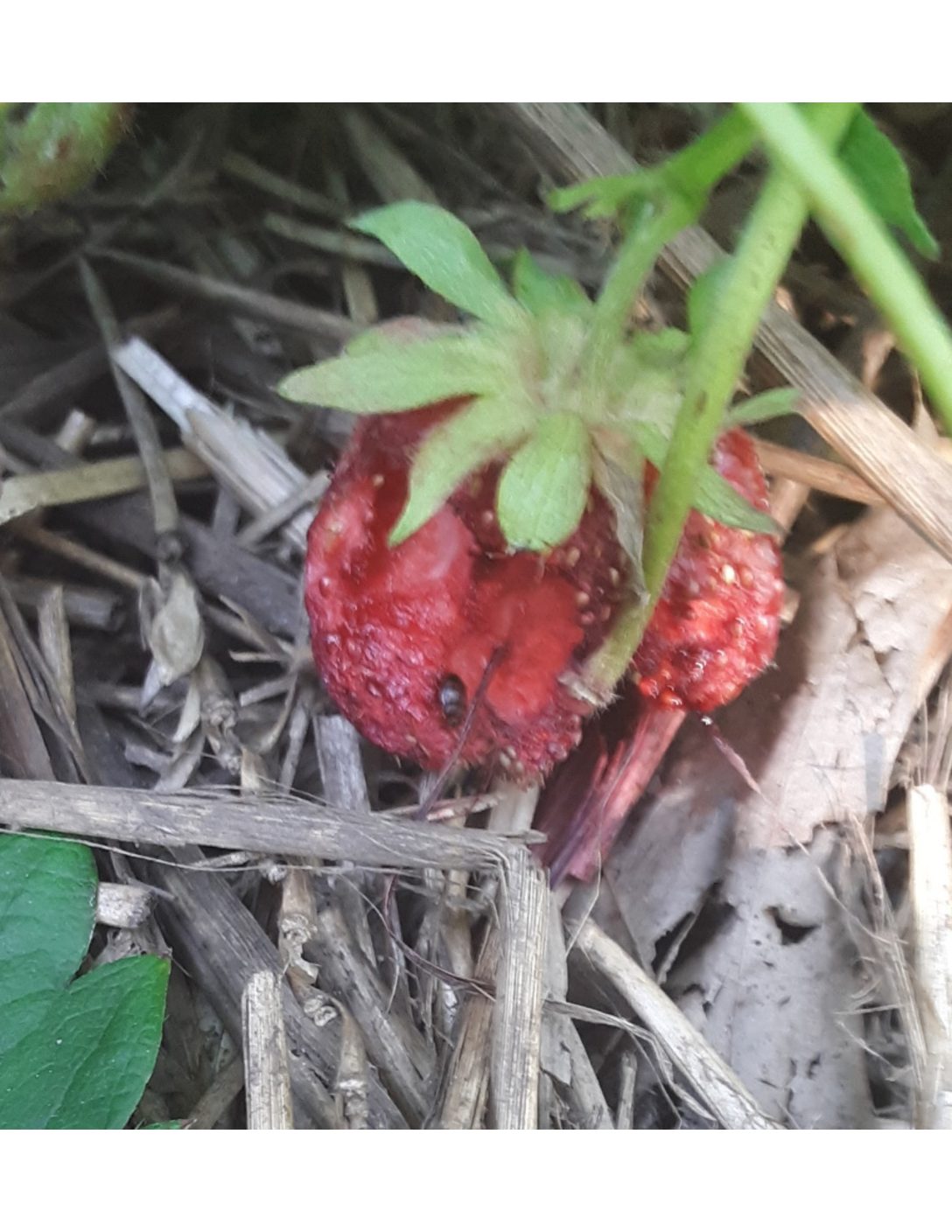Jul 15, 2020Michigan small fruit report notes impact of SWD, sap beetles
The spotted wing drosophila (SWD) remains as the major threat for blueberries and raspberries in the entire Michigan fruit growing regions. Maintaining an effective monitoring and control is critical to prevent fruit damage.
The strawberry harvest is over and red raspberries started ripening, and some small quantities were harvested the past week. Sap beetles in strawberries start showing up infesting fruit left in the field. In some fields, sap beetles started showing up in small number two weeks ago (see photo).


They are a serious pest if left uncontrolled. Sap beetles attack strawberries and raspberries and for those farms where both crops are side by side, sap beetles will stay in the field moving from strawberries to raspberries. This pest overwinters in the surrounding woods. However, if they are not controlled at the end of the season they will overwinter inside the field. It will take a field or crop rotation to get rid of this pest. Insecticides recommended for their control are Brigade, Danitol, and Assail, among others. Please check the 2020 Michigan State University (MSU) Fruit Management Guide (Extension Bulletin E-154) for more options and doses.
In raspberries, we observed the presence of SWD for the first time. SWD traps already are showing a substantial number of flies arriving in those fields. Growers need to be aware of its presence and start applying the recommended control measures. For recommended insecticides and doses please check the 2020 MSU Fruit Management Guide (Extension Bulletin E-154).
Blueberries are in harvest. Early varieties, like Early Blue, Duke, Weymouth among others are hand-harvested at his time. The main concern right now is the spotted wing Drosophila. According to our monitoring network, there was a decline in the size of the SWD presence in blueberry fields during the past week. However, rains from past days lowered the daily temperatures and increased the environmental relative humidity (rH). These two factors are contributing to a new increase in the numbers of flies trapped in out network, especially in Allegan County.
Growers need to keep a tight monitoring program in their fields to target the pest before it become a serios problem. Timing their insecticide applications is critical. Please initiate applications as soon the SWD is detected. At the beginning of the season it is very important to target adults, eggs, and larvae as well. Use a brad-spectrum insecticide like Lannate, Imidan, Brigade, etc. However, if you are already hand harvesting use a reduced risk insecticide like Assail, Entrust, and Delegate. Please, check the 2020 MSU Fruit Management Guide (Extension Bulletin E-154) for other options and doses. In addition, do not forget to check the MSU Enviroweather before programming your insecticide applications and select the best insecticides accordingly.
You may call your local MSU Extension office if you require assistance to develop your SWD management program.
– Carlos Garcia-Salazar, Small Fruit, Agriculture & Agribusiness Institute, Michigan State University Extension














